Sandro, founded in Paris in 1984 by the designer Evelyne Chétrite, has come to be a fashion brand synonymous with effortless French style. Chetrite’s son, Ilan, branched out with a men’s collection, labeled Sandro Homme, when he joined the family business in 2008. Influenced by his always well-dressed grandfather, Ilan creates looks for men who care about their appearance but don’t want to look fussy. We spoke with the designer about the growing and changing men’s market, and about how art is affecting his subconscious.
WHITEWALL: You’ve said that Sandro was like “a brother” to you growing up. What was it like to grow up with that family business?
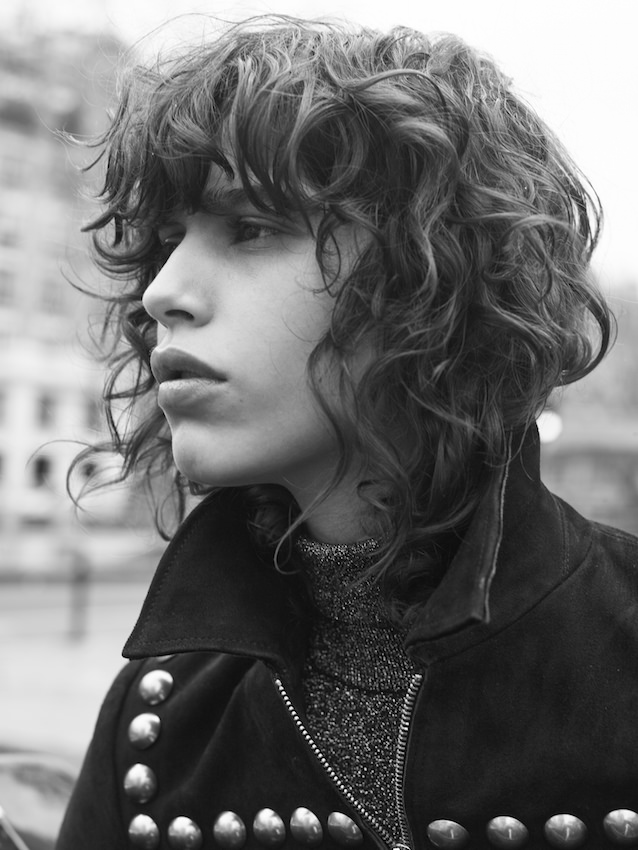
Courtesy of Sandro Homme
ILAN CHÉTRITE: Sandro was really present in our lives. My mother worked a lot and my father, too. If I ever wanted to see them I would have to go to their offices. I was around them talking about business all the time. It’s something that I am used to, and as a kid I understood them. So Sandro was the fifth child of the family.
WW: You’ve said that your grandfather dressed you to the nines when you were going to school, and he was and still is your absolute fashion icon. Can you tell us about him?
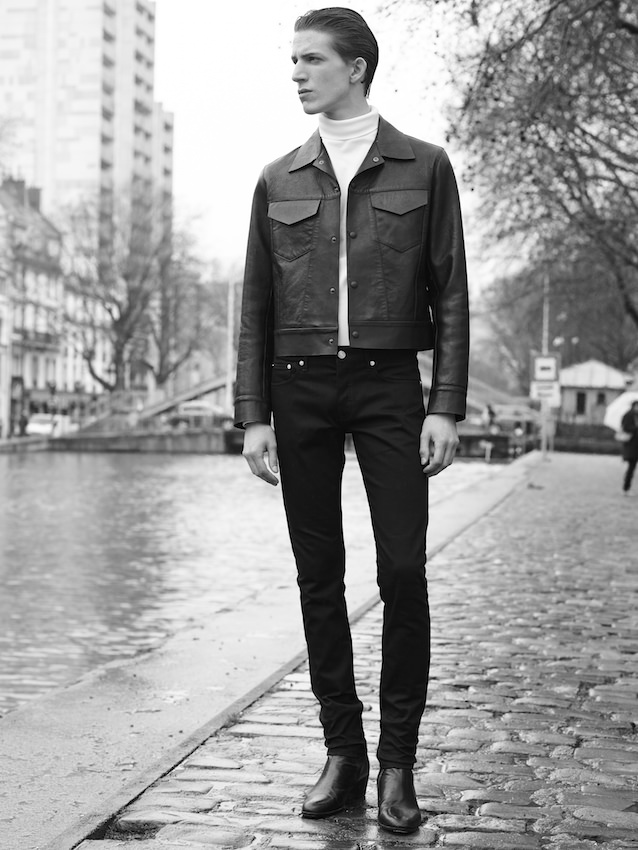
Courtesy of Sandro Homme
IC: I think that the way you dress yourself is very important in my family. Even if we don’t talk about it, it is something that is natural and is our way of life. And I guess I have been familiarized with that notion since I was a little kid. My grandfather, for me, is one of the chicest persons in the world. He never goes out of his apartment without a tie. He would bring me to school and he brought me back from school every day because my parents had to work a lot. I saw him all my life wearing a suit and tie in a really stylish way.
WW: It seems like you had a really special relationship with him.
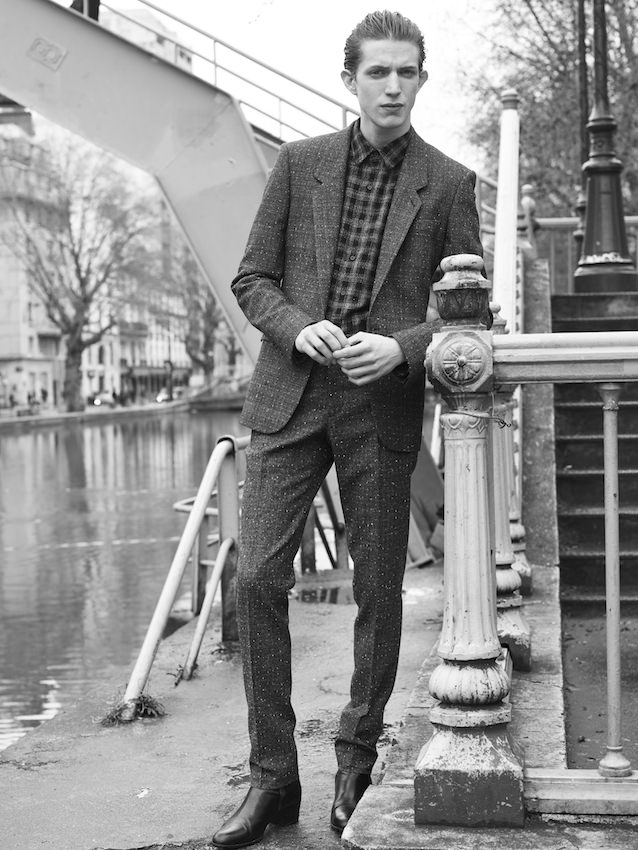
Courtesy of Sandro Homme
IC: Oh, yeah, he is my best friend.
WW: When you decided to join the family business, why did you want to create a men’s line instead of working within the already established brand?
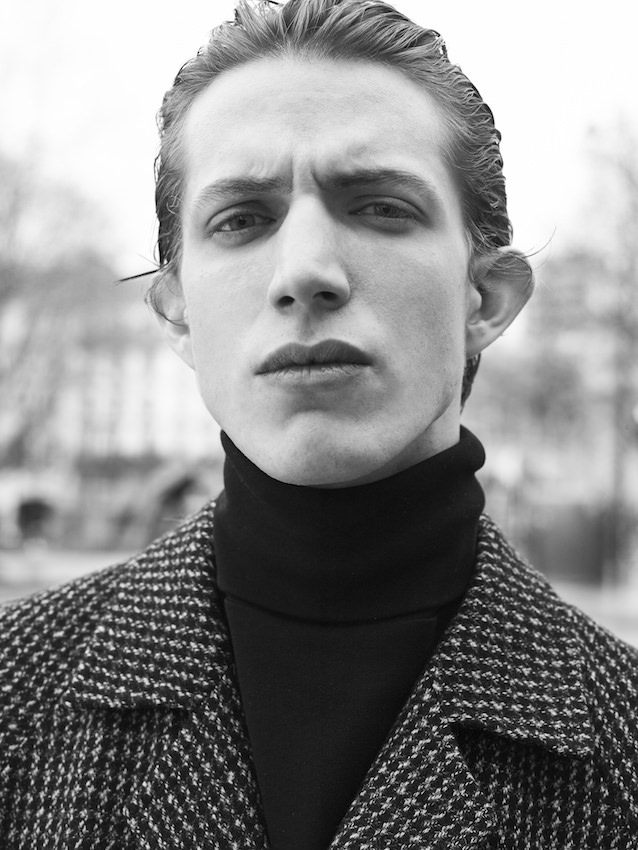
Courtesy of Sandro Homme
IC: I don’t know that much or have a notion of women’s clothes. I am surrounded by women who like clothes, but I have no sense of women’s clothes. I felt more comfortable with men’s clothes. I had something to bring in that issue. There was nothing eight years ago for men’s aside from luxury brands. So not only did I want to create clothes, but what I had in mind was also to bridge a gap in the market.
WW: Right, in 2008, between the low-end and very high-end there wasn’t much of a men’s market. But men’s fashion has really picked up since then. How have you experienced that change?
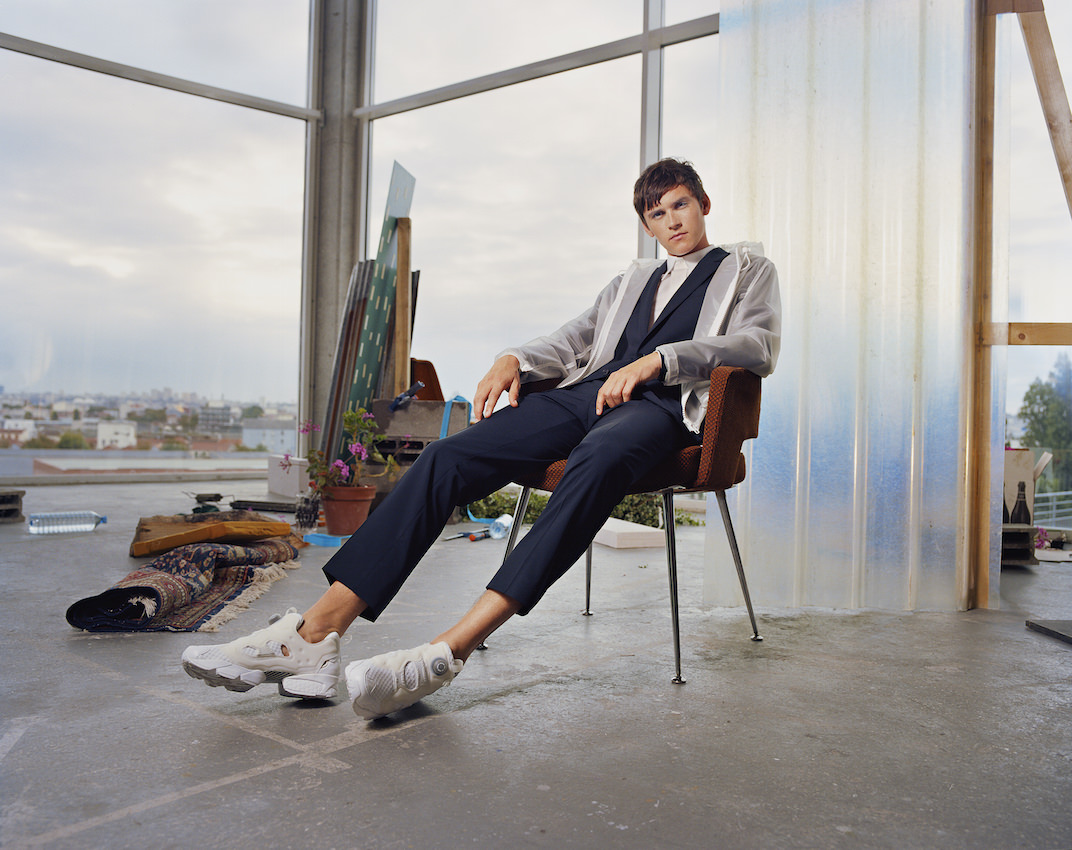
Courtesy of Sandro Homme
IC: I think that lately, in the past ten years, there has been a big change in the menswear market. Because I think that men are not afraid anymore of saying that they like to dress themselves, you know? The man in the nineties used to be sexy if he wore just jeans and a white T-shirt. That was the way he was the sexiest man in the world. But it’s not true anymore, as much. Men have changed. Men are more aware, it is a more globalized world, and the media is more critical of men. Today they are given more mixed collections for men and women, and it’s a great example of complexity.
WW: You commented before on how there’s more masculinity in women’s fashion lately, and a bit more femininity in men’s fashion. Do you think Sandro Homme is more fluid, less rigid?
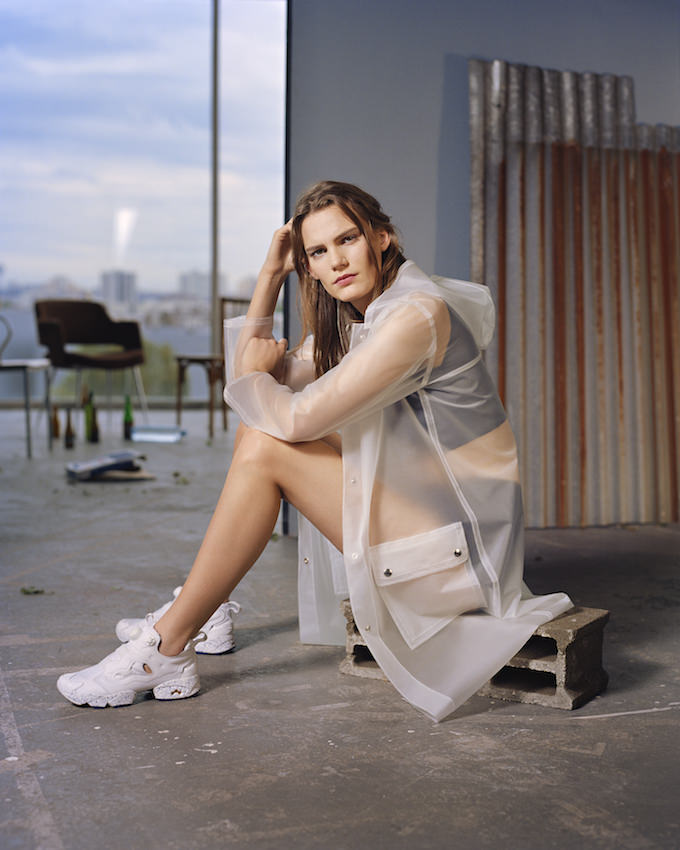
Courtesy of Sandro Homme
IC: Yeah, there is this frontier or boundary that is not as clear anymore. I want my clothes to be worn. They are not a piece of art. I think that there is a part of femininity in every man, so I think I play with that more. I am aware that men are really concerned with the way they look, but I try to make it look effortless. That is the difficulty of the line essentially. That is very French.
WW: You collaborated with Reebok on the Insta Pump Fury shoe. Are you a big sneaker head?
IC: Growing up in Paris in the nineties, the most stylish person in the world wore these sneakers. I mean, Reebok came out with those sneakers in the nineties, but now they are a pair of shoes from 2020. I like to mix those things with my suits; I like the look. I think it’s really modern to be comfortable with what you wear, and if you want to wear a suit with those sneakers, you are cool. You look comfortable, and you don’t look like that you made an effort to dress yourself.
It was also such a great opportunity for us to work with the design teams of Reebok. They gave us access to fabrics that we usually don’t work with and it was really interesting partnership and collaboration.
WW: When we met for the first time a few weeks ago, you were in New York hoping to get a chance to see some exhibitions and Frieze New York. Did you get to see anything?
IC: I didn’t manage to go to the fair, but I did go to some galleries. I will be at Art Basel in June, too.
WW: Have you had a longtime interest in contemporary art?
IC: I have always been interested in design. But I have really got into contemporary art recently.
WW: Was there something that started or sparked that for you?
IC: I don’t know! Maybe there was something that was going on with art last year. I went to see some exhibitions and I realized that not only did I like them, but it helped me with my work because it is such a great source of inspiration. And even if I don’t know what inspires me in the end, I know it inspires me a lot.
WW: Subconsciously, you mean?
IC: Yes, that is how I think that it works, in the subconscious. You know that we are overwhelmed with images every day working, and I am exhausted. I like to go back home and have a look at abstract art, something that is abstract because it relaxes me. It is peaceful.
WW: Are you buying when you go to fairs or just looking?
IC: Both.
WW: And has that made you interested in meeting some contemporary artists?
IC: Yeah, I have an interest in getting to know more of their work. I am really interested in reading about them, and when I have the chance to meet them, I do.
WW: You made the distinction earlier of how art is different from fashion because fashion needs to be wearable. I know sometimes there are fashion collections that are directly inspired by an artist. Do you think there will be any collections in your future like that?
IC: Oh, yeah. You know, Saint Laurent used to do that in the seventies with the paintings of the artists he admired at that time. Today it is more about collaboration, even designer collaborate in a way they see a painting, but direct inspiration is something that I don’t see anymore. Because it’s not like it used to because of rights and you don’t want to wear a painting or sculpture.
This article is in Whitewall‘s fall 2015 Fashion Issue, out his month.









